You might be surprised at how many daily essentials require some form of fossil fuel. Most of our energy for transportation, electricity, heating, and cooling is derived from fossil fuels. But also, things like packaging, candles, shampoos, makeup, deodorant, electronics, and medical equipment are derived from fossil fuels, and the list goes on and on. In other words, fossil fuels are completely woven into the fabric of our existence.
We know fossil fuels damage the planet. The good news is science hasn't given up on humanity quite yet. Scientists have created a semi-artificial leaf that can be the building block toward eliminating the need for fossil fuels in everyday products.
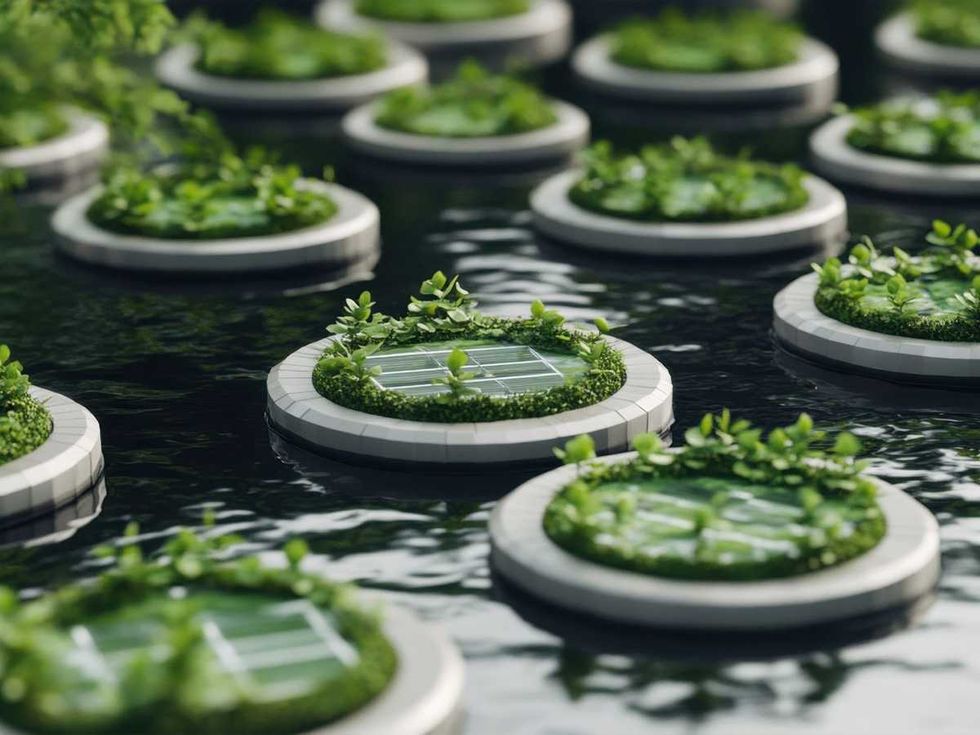 Floating gardens with solar panels. Image from Canva
Floating gardens with solar panels. Image from Canva
University of Cambridge creates solar-powered leaf
A 2025 study published in Tech Xplore reported that researchers at the University of Cambridge are constructing ways to eliminate the need for fossil fuels. One option is a solar-powered leaf that removes CO2 from the air and produces synthetic petroleum using the energy of natural sunlight. After converting carbon dioxide into formate, they can create a series of chemical reactions that produce compounds used in pharmaceuticals. Combining bacterial enzymes with light-harvesting organic polymers, they've made a design that avoids toxic semiconductors and lasts longer than previously explored designs.
Leading the research is Professor Erwin Reisner from Cambridge's Yusuf Hamied Department of Chemistry. Reisner said, "This device combines the best of both worlds—organic semiconductors are tunable and non-toxic, while biocatalysts are highly selective and efficient." Reisner continued, "This could be a fundamental platform for producing green fuels and chemicals in the future. It's a real opportunity to do some exciting and important chemistry."
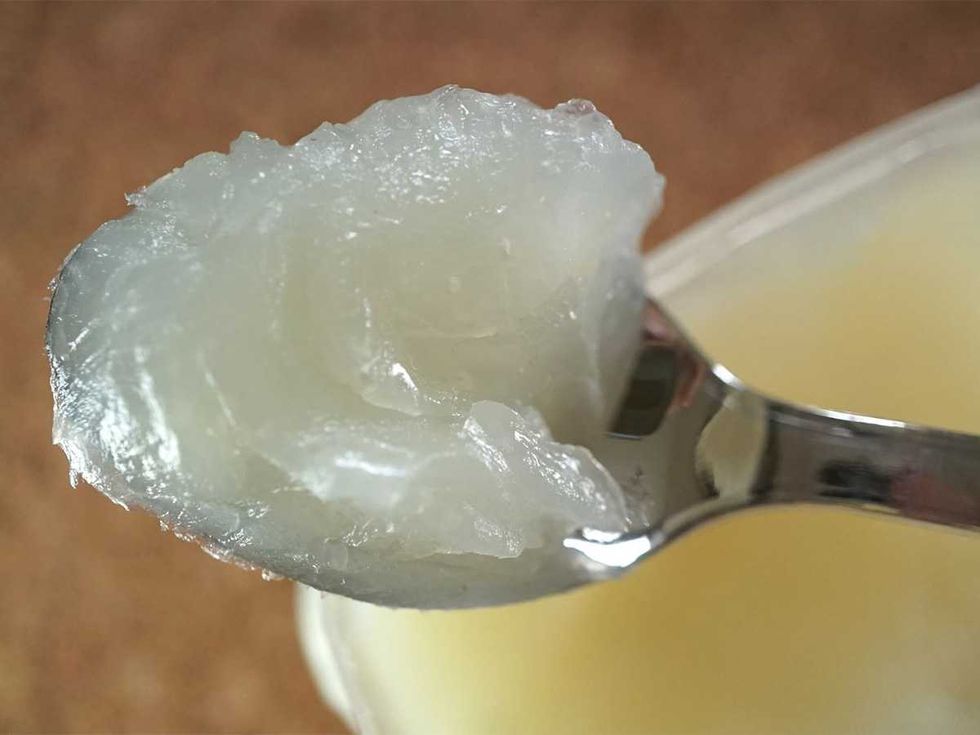 Petroleum jelly. Image from Canva
Petroleum jelly. Image from Canva
Why is this particular design important?
This device, created at Cambridge, doesn't need any extra electricity or harmful chemicals. Using organic materials, it turns sunlight into clean fuels and other helpful products. These synthetic alcohols and chemicals are required by industry, and producing them while avoiding pollution is an incredible leap in the right direction.
Using nature's enzymes to produce clean fuels and chemicals can make them more environmentally friendly and help fight climate change. New ways to generate sustainable energy and manufacture are critical to keep pace with an evolving society that needs cleaner fuels.
What can solar fuels do for the world?
A 2025 study in the Royal Society of Chemistry highlighted the need to shift away from fossil fuels toward renewable energy sources such as photovoltaics. Essential for the sustainability of both technically and economically feasible infrastructure, these technologies can help shape human development as we transition away from fossil fuels.
A 2024 study by the U.S. Department of Energy found that improving the efficiency of converting CO2 into liquid fuels demonstrates tangible improvements that can make these energy systems more viable. Solar fuels can help stabilize the grid, enhance energy security, and protect the environment while offering new ways to store, transport, and use solar energy more flexibly.
Studies like this one are imperative for transitioning to green energy. Climate change, pollution, and the depletion of fossil fuels jeopardize both the environment and human health. With global energy demands rising every year, sustainable sources that can also clean CO2 pollution are innovations our future depends on to build a better world.





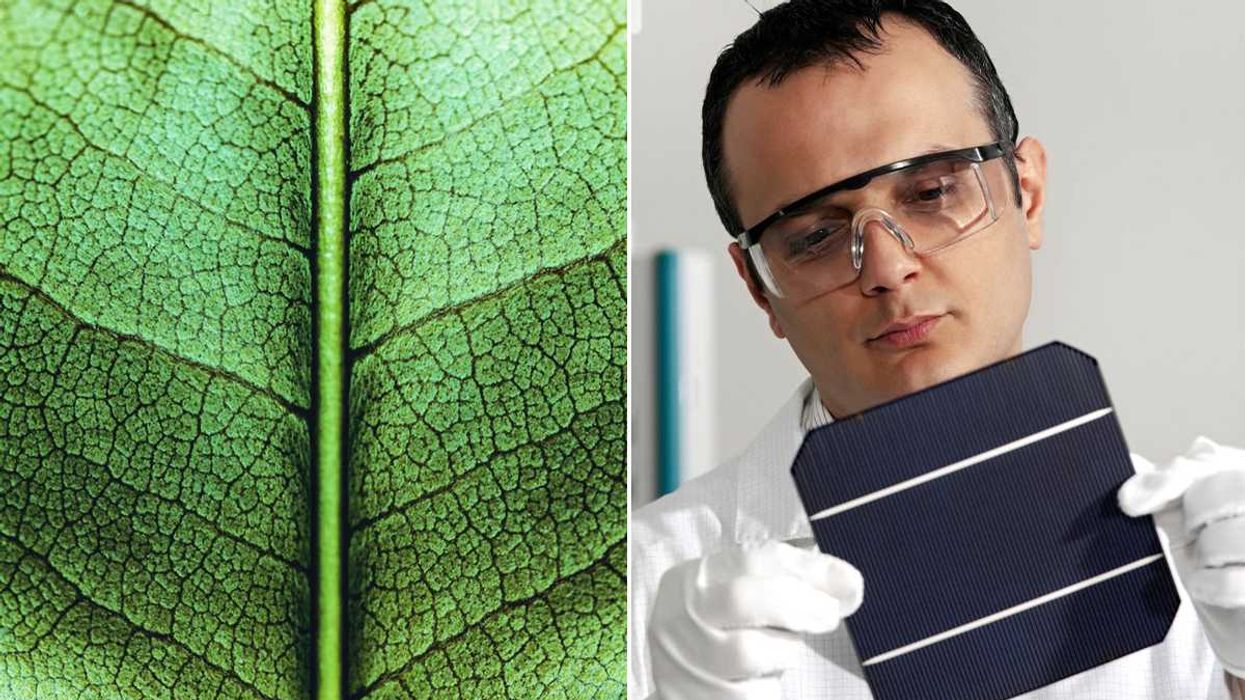











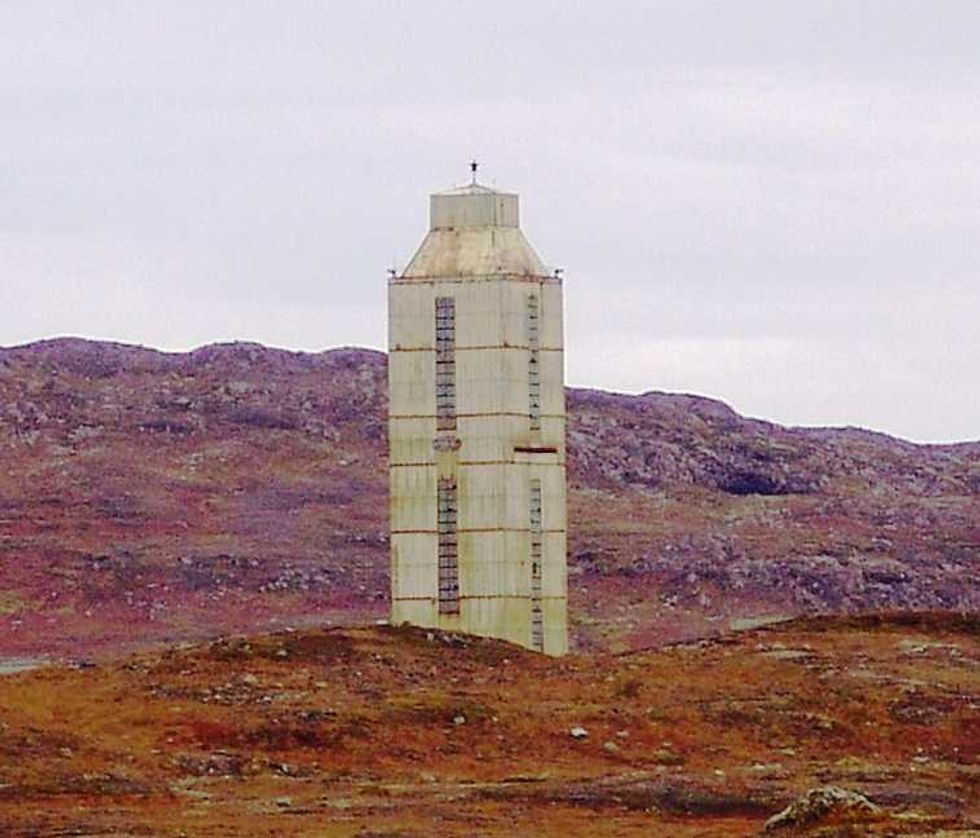 Superstructure of the Kola Superdeep Borehole, 2007
Superstructure of the Kola Superdeep Borehole, 2007 
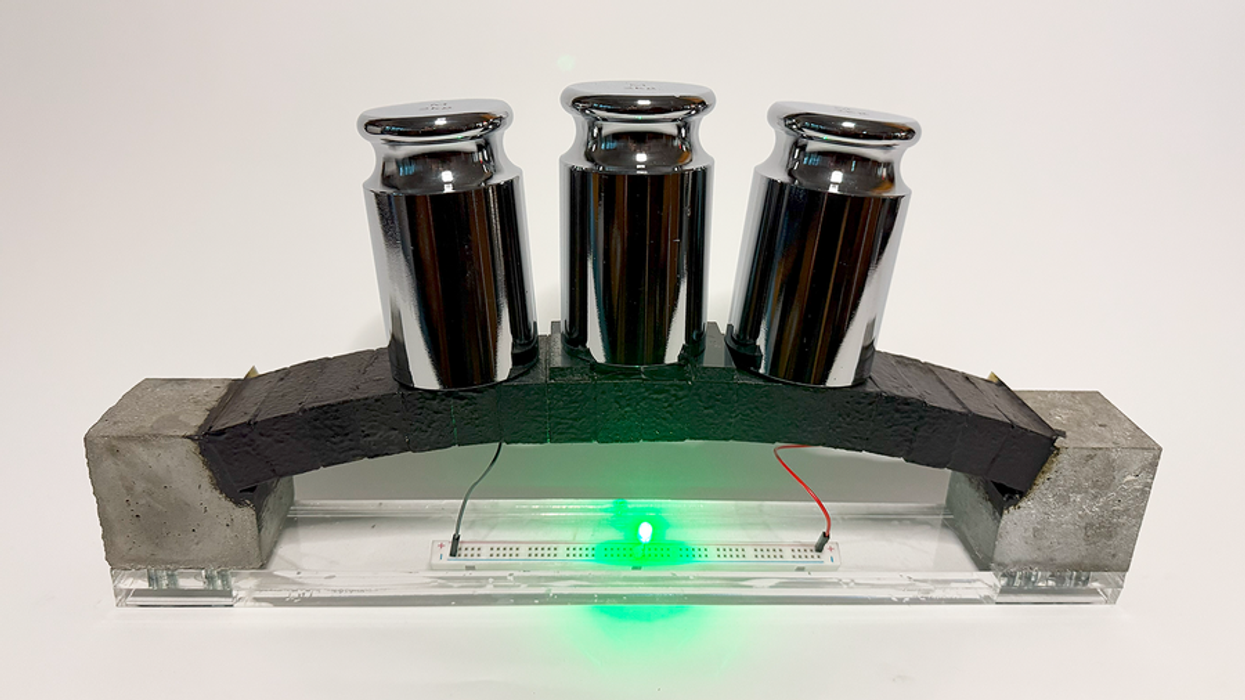
 Man standing on concrete wall.Photo credit
Man standing on concrete wall.Photo credit  The Pantheon in Rome and Hong Kong at sunrise.Photo credit
The Pantheon in Rome and Hong Kong at sunrise.Photo credit 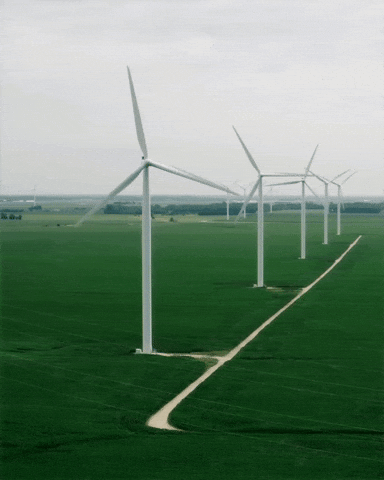 Windmills and green grass.
Windmills and green grass. 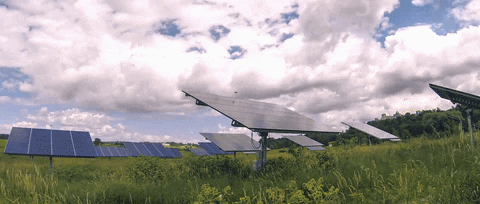 Time lapse of blue skies over a solar field.
Time lapse of blue skies over a solar field. 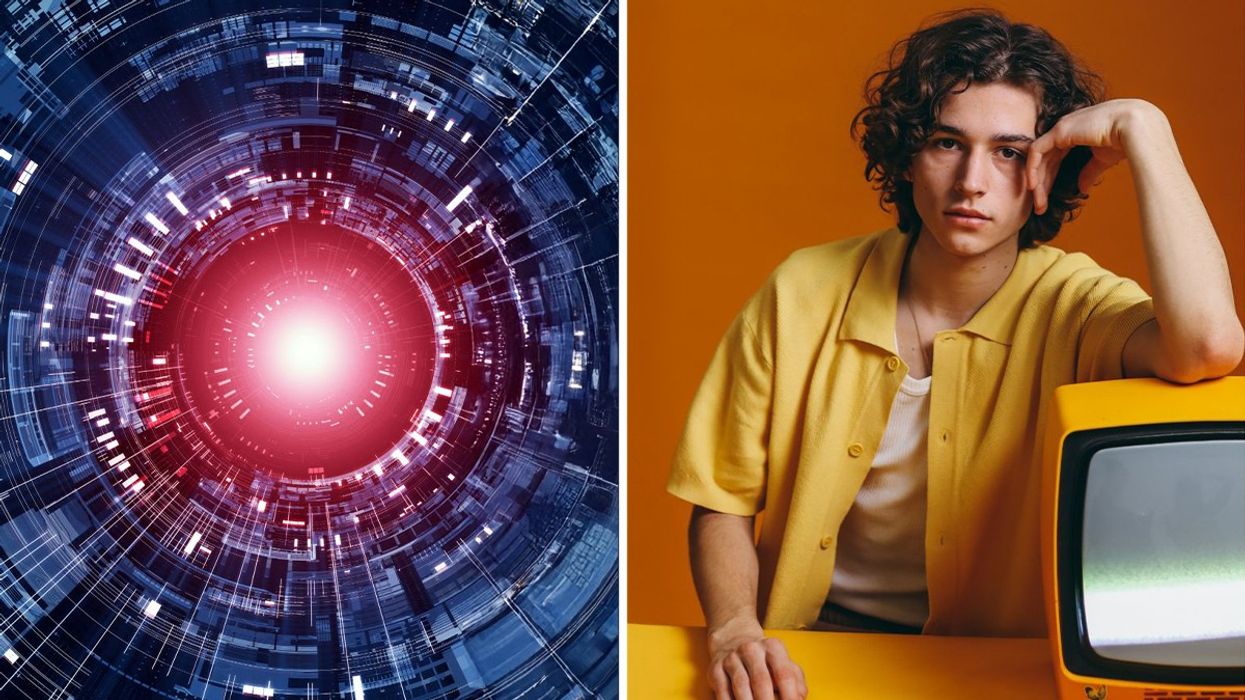
 3D televisionImage via
3D televisionImage via 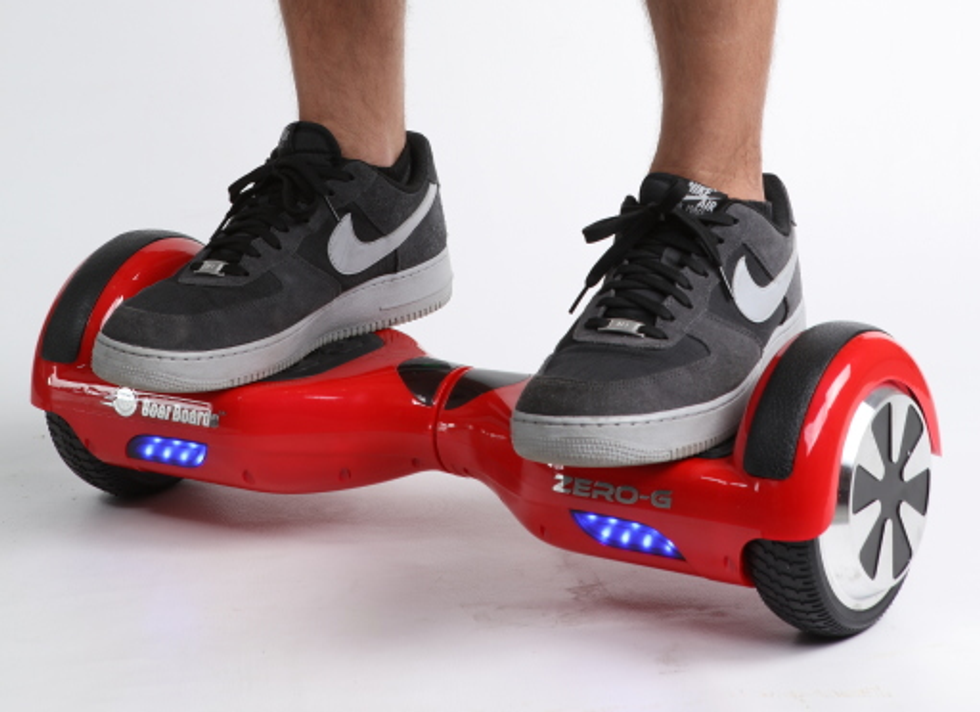 Standing on a hoverboard.Image via
Standing on a hoverboard.Image via  Never ending potato chip kkaleidoscope.
Never ending potato chip kkaleidoscope.  Woman using VR goggles outdoorsImage via
Woman using VR goggles outdoorsImage via  The Las Vegas Sphere
The Las Vegas Sphere 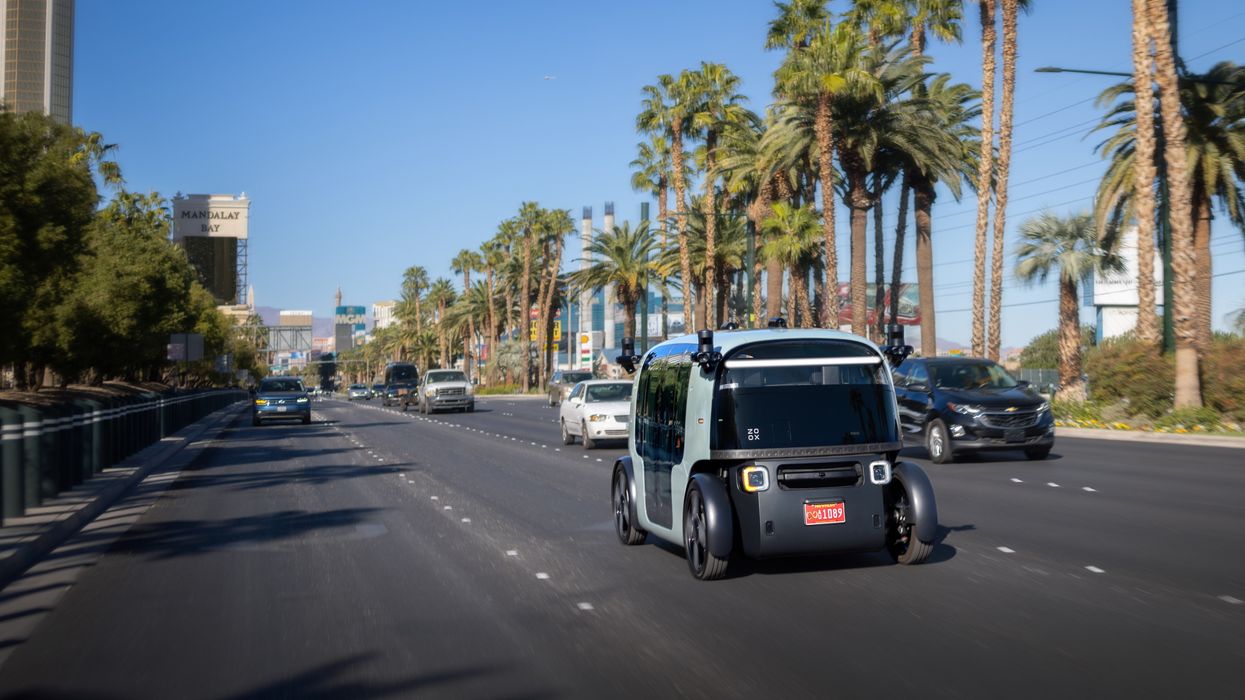
 For now, the Zoox robotaxis are free but they can only drop passengers off at one of five Las Vegas Strip locations with plans to expand to many more locations in the near future. Zoox
For now, the Zoox robotaxis are free but they can only drop passengers off at one of five Las Vegas Strip locations with plans to expand to many more locations in the near future. Zoox The autonomous vehicles can reach speeds up to 75mph going forward or backward. It has four-wheel steering, known as crab steering.Zoox
The autonomous vehicles can reach speeds up to 75mph going forward or backward. It has four-wheel steering, known as crab steering.Zoox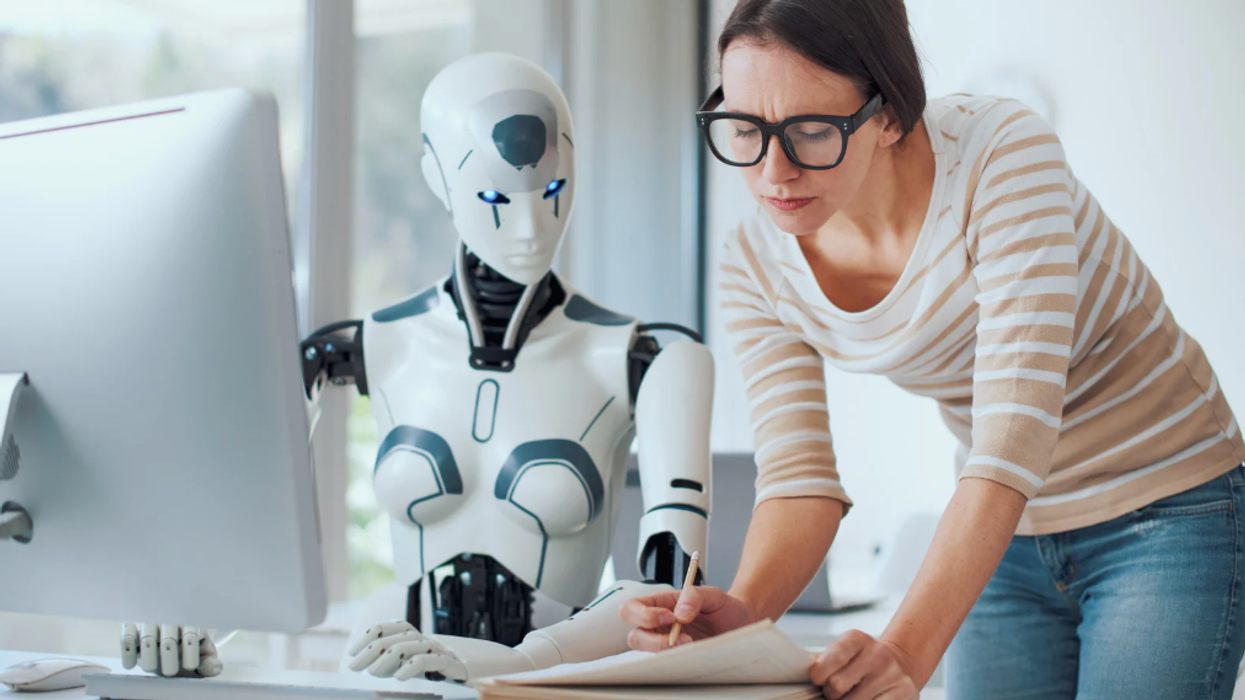
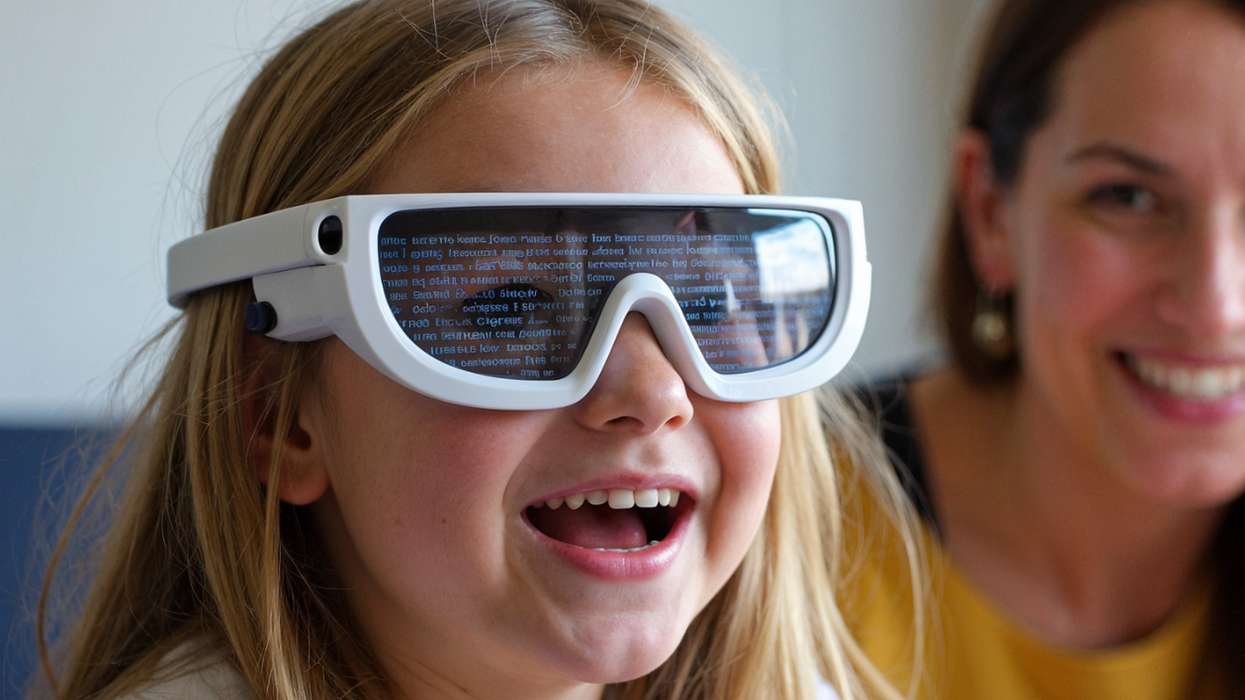
 A young blind girl reads braille Canva
A young blind girl reads braille Canva A young child reading braille with her fingersCanva
A young child reading braille with her fingersCanva A teacher instructs blind student on how to read brailleCanva
A teacher instructs blind student on how to read brailleCanva
 If you're sweaty like Ted Striker in Airplane, you may get a little more attention at the airport.
If you're sweaty like Ted Striker in Airplane, you may get a little more attention at the airport.  On Key & Peele, Jordan Peele shows us how sweat and nerves combine.
On Key & Peele, Jordan Peele shows us how sweat and nerves combine.